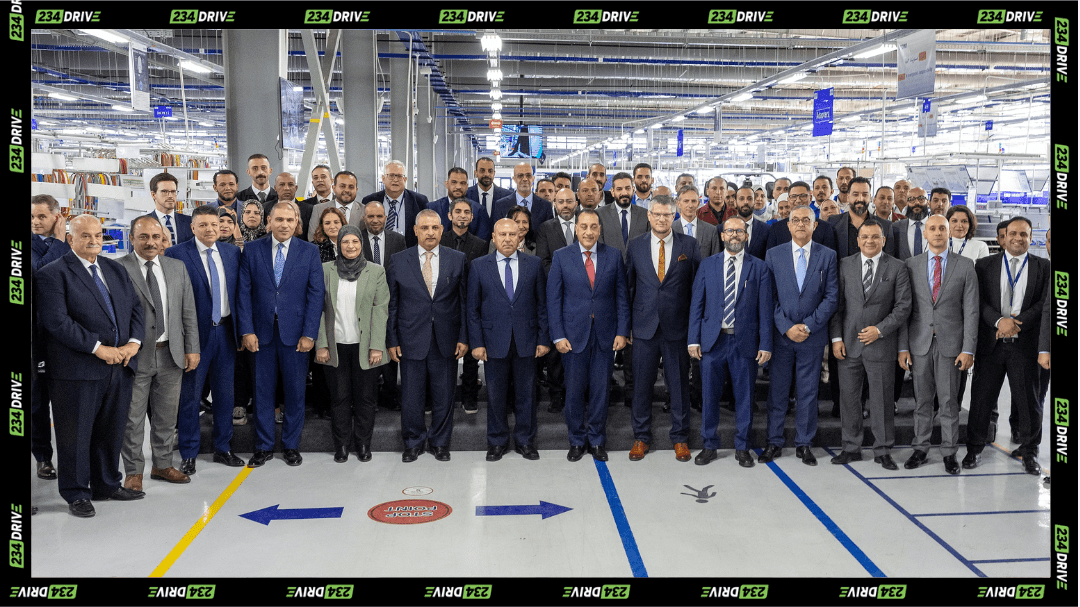In the fast-changing world of car making, one model can determine if a company survives or fails.
Over the years, some cars did more than just sell well. Saying these cars provided the ride for their makers to avoid collapse is more fitting. The Ford Taurus, Chrysler Minivan, Porsche Cayenne, and Tesla Model 3 are among the clearest examples of cars that turned crisis into recovery.

Ford Taurus (1986): Betting the Company on Design

In the early 1980s, Ford was losing money and falling behind foreign competitors.
Then came the Taurus, a major $3 billion risk built on sleek and modern design while most cars were still boxy.
The gamble paid off, and by 1992, the Taurus was America’s best-selling car, turning Ford from a struggling brand into a leader in modern car design. Without it, Ford might not have made it through the decade.
Chrysler Minivan (1984): The Family Car That Saved a Company

By 1980, Chrysler was almost out of business and was surviving through government bailout. Its big breakthrough came with a new type of vehicle, the minivan.
The Dodge Caravan and Plymouth Voyager offered the comfort of a car and the space of a van, quickly becoming popular with families. This allowed Chrysler to sell over 200,000 units in the first year and pay back the loans it took to sustain the business early. This continued demand and innovation also helped the brand to become the leader in the family car market for decades.
The minivan not only saved Chrysler but also changed how Americans travelled with their families.
Porsche Cayenne (2003): Purists’ Nightmare, Lifeline in Disguise

When Porsche introduced an SUV, many purist fans felt disappointed. However, the Cayenne turned out to be a smart move for the luxury car brand.
Its sales quickly surpassed the 911 and helped keep the Porsche afloat during the 2008 financial crisis. By the late 2000s, the Cayenne and later the Macan made up more than half of Porsche’s global sales, giving the company the funds to continue making its famous sports cars.
Moving from the racetrack and luxury stardom to everyday roads is a large part of what kept Porsche alive.
Tesla Model 3 (2017): A Near-Death Gamble Turned Global Triumph

Tesla’s future once depended on the Model 3. During its difficult launch, the company was losing billions, and Elon Musk later said Tesla was only weeks away from bankruptcy in 2018.
When production finally improved, the Model 3 became one of the world’s best-selling electric cars, making Tesla profitable and funding its growth into new factories and models. The Model 3 not only saved Tesla but also made electric cars a common choice around the world.
The Pattern of Survival
The cars that saved their companies, such as the Ford Taurus, Chrysler Minivan, Porsche Cayenne, and Tesla Model 3, all share one thing in common: innovation. These bold decisions kept these brands alive when staying the same would have meant failure.
Yet while these models secured their makers’ futures, Nigeria’s automotive history went the opposite way. Brands such as Peugeot, Renault, and Fiat once thrived on Nigerian roads but slowly vanished as local assembly collapsed. Plants like Volkswagen of Nigeria, ANAMMCO, and Leyland fell silent after policy failures and economic shocks.
Today, companies like Innoson and Nord have revived a spark of that old ambition. But survival in today’s auto industry requires constant reinvention—smarter design and local innovation that meet global standards as the world shifts toward electric vehicles.
Without that forward push, they risk becoming footnotes like the lost brands that once ruled Nigerian roads. Innovation, not tradition, remains the true engine of survival in the car industry.









